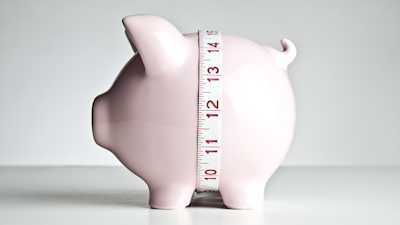3 financial ratios to measure farm financial success
2 min read

Forming a clear financial picture of your operation is important. One way to get the information you need is to calculate your operation's liquidity, solvency and profitability - three measurements that will help you evaluate your financial situation.
Let's review the ratios used to calculate these measurements and questions they'll help you answer. Use the ratio calculators we've provided to look at your own numbers.

Are you managing cash flow effectively?
Learn how cash flow planning can keep you on the right financial track.
